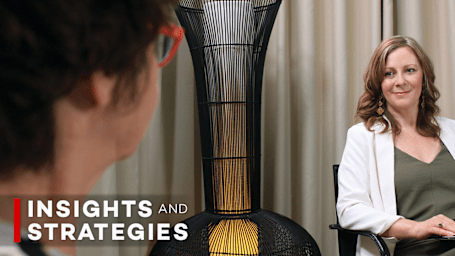
Hope Theory at Work - Interactive
SMART goals (specific, measurable, achievable, relevant and timely) as part of incrementalizing hope theory. People need to visualize what they want, devise logical pathways to ensure it happens, consider alternate pathways when there are setbacks, stay motivated and plan rewards for when they get there.
Hope theory is all about:
- Visualizing something that’s wanted
- Devising a logical process to ensure it happens
- Being flexible about paths to goals
- Preplanning for setbacks
- Staying motivated
- Planning rewards as goals are reached
Hope theory enables:
- More work satisfaction
- Visualizing something we want
- Logical planning to ensure goal happens
- Unthinking certain learning styles
- Acknowledging obstacles
- Flexible thinking
- Willpower in considering options
A hope map sets out on paper:
- “Goal” on the top right
- “Pathways” on the top left
- “Obstacles” in the middle
- Steps listed below headings for getting there
- The reward (could be self-acknowledgement) for achievement
This interactive course will equip teams and individuals with skills to set and achieve their goals.
This interactive course is one of the Insights and Strategies Series, featuring psychologist Eve Ash interviewing a range of experts and business leaders who share their experiences and practical strategies for achieving best practice.
Learning Outcomes
By the end of this course, learners should be able to:
- Apply Snyder's Hope Theory to visualize and achieve goals
- Identify the essentials of Hope Theory
- Create SMART goals - Specific Measurable Achievable Relevant/Realistic Timely – and a Hope Map to achieve them
- Plan alternate pathways for obstacles and setbacks
- Maintain motivation
- Plan rewards as goals are reached







